
The Future of Robotics: How Will Robots Change the World?
December 31, 2024 - Emily Newton
Revolutionized is reader-supported. When you buy through links on our site, we may earn an affiliate commission. Learn more here.
In 2030, robots could be exploring alien worlds and performing surgeries from halfway around the globe. Robotics is one of the fastest-evolving fields of technology, and it’s shaping the future of travel, work and exploration. Peripheral advancements in AI, computing and IoT are helping elevate things even further. Robotics holds some exciting innovations that will play a central role in daily life worldwide.
Transportation
Few technologies in recent history have been as highly anticipated as autonomous vehicles. Ambitious scientists and engineers have pursued self-driving car technology for centuries. In fact, in the 1500s, Leonardo Da Vinci designed a cart that could move on its own. DARPA’s autonomous vehicle challenge in the 2000s sparked a wave of modern R&D surrounding self-driving autos.
Self-driving cars get smarter every year, yet they remain rare on the roads in the 2020s. What makes robotic transportation a challenge is AI computing and human randomness. Robots work best with structured, predictable data. Human behavior is never certain. Today’s autonomous vehicle researchers are developing AI models that can accurately and consistently respond to obstacles on the road, especially pedestrians.
Throughout the 2020s, this unique robotics niche may finally get “over the hump” and go mainstream. Tesla has blazed a trail for rudimentary autonomous vehicle tech with its autopilot mode. This developed public policy to regulate self-driving cars and increase adoption. Other leading self-driving car companies are making substantial headway, as well. Waymo began operating its autonomous taxi service in Phoenix in 2020. In 2022, the company announced it would remove test drivers from the vehicles.
In early 2023, Mercedes-Benz became the first carmaker to offer level-three autonomy in the U.S. That means these vehicles can perform most driving tasks automatically and are the first of the levels you can truly call “autonomous.” While the gap between this and fully autonomous, level five vehicles is still large, the move up from level two represents a substantial step forward.
In the 2030s, robot-powered vehicles may be on the road in major cities worldwide. These cars will make travel more accessible, reduce emissions and improve policing behaviors.
Education
Educational robotics is experiencing some fun and exciting innovations right now. The COVID-19 pandemic led teachers and parents to analyze education and the role of technology in learning. Robots have long been valuable classroom learning tools, especially for STEM education. This role will only grow over the years and decades ahead.
One of the most fascinating educational robots is Moxie, developed by Embodied. This educational robot made headlines when it was released in 2021, gaining attention for its unique design and use of AI. Moxie is designed to be a socialization robot for children. It helps young kids learn social skills, empathy, critical thinking and communication.
Children can play games with Moxie, read with it or even engage in natural, ongoing conversations. The robot’s friendly animated face displays a range of expressions. It remembers previous conversations and can recognize kids’ faces, allowing them to form a real bond with it. Companion robots like Moxie will likely become much more popular in the years ahead. This is especially probable with the rise of remote learning.
In the future, teachers and instructors may be robots. Some school systems in Dubai have already introduced instructional robots into classrooms. These applications are fairly basic, only offering preprogrammed answers to known questions, but they’re still a valuable way to familiarize students with new technologies. As such solutions become more common, the tech will evolve, letting robots take a more autonomous and versatile roll in filling in for or assisting teachers.
Manufacturing
Industrial robotics is booming right now. The current challenges facing manufacturing and construction are driving robotics development. For example, the construction industry is short an estimated 2.2 million workers, but demand for new homes and infrastructure has rarely been higher. Manufacturing is in a similar position with over 2.1 million unfilled jobs, accounting for $1 trillion in lost revenue.
Robots are the perfect solution to these challenges. Manufacturing was one of the first applications for robotics, and it remains a strong candidate for increased automation. The structured, repetitive nature of many manufacturing tasks makes it easy to integrate robotics. AI and the Internet of Things (IoT) are advancing to a point where manufacturing could be 100% autonomous by the 2030s, from assembly to quality control. Jobs in this sector will shift to robot maintenance and operations.
One of the biggest trends shaping the future of manufacturing robots is collaborative robots, or cobots. These are robots designed to work alongside employees instead of replacing them, offering a valuable balance between automation’s efficiency and human flexibility. Consequently, cobots may account for over 20% of all industrial robot sales by 2032, despite being a relatively new technology.
Construction
Robots are also improving the lives of construction workers and everyday people. For example, startups are hard at work developing autonomous construction vehicles. These machines will help workers do their jobs more safely and efficiently. Autonomous cars could even reduce stress and injury rates. A Chinese construction company made a critical advancement in 2021. Robotic paving vehicles resurfaced a stretch of China’s busiest highway, the Nanjing-Shanghai expressway.
3D printing is one of the most exciting advances in construction robotics. This technology could transform the industry. Construction 3D printing has been around for several years now but really took off in the 2020s.
In 2021, 3D printing company ICON announced it would be developing the world’s largest 3D printed neighborhood in Austin, Texas, breaking ground in 2022 and taking reservations for occupancy in the following year. This project consists of 100 homes with sustainable materials and solar panels integrated into the roofs. This first major success in construction 3D printing is crucial. This technology will be paramount in the future, especially as demand for new homes continues to rise worldwide.
As of late 2024, the project is nearing completion and more than a quarter of the homes have already sold. Each home has taken just three weeks to print, proving how robotics can streamline the notoriously behind-schedule construction industry. After this residential project, ICON hopes to bring its technology to space, using robotic 3D printers to one day build structures like landing pads and settlements on the moon.
Medicine
Health care is one of the frontiers of robotics today, with innovations pushing the boundaries of science and engineering. Robots will transform medicine in the years and decades ahead, from remote robotic surgeries to AI nurses. By 2030, robots could be a commonplace sight in the halls of hospitals worldwide.
Robot surgery is one of the most fascinating niches of medical robotics. Patients might die in some parts of the world because they don’t have access to a doctor who knows how to treat them. Remote robotic surgeries could change that. In 2022, researchers at MIT announced a new system that would let doctors remotely treat stroke and aneurysm patients. Time is critical with conditions like these — patients can’t wait for a doctor to fly halfway around the world. MIT’s remote robotic surgery system could save lives.
Robots are helping out in other ways, too. The COVID-19 pandemic triggered a surge in demand for UV disinfection bots. These autonomous machines rove through buildings killing bacteria and sterilizing surfaces using UV light. This protects everyone working in and inhabiting hospitals and reduces the spread of disease.
Robots may even begin assisting nurses in hospitals and nursing homes. In 2019, a team of researchers from Trinity College Dublin tested a prototype of a nursing robot named “Stevie” at a facility in Washington, D.C. Stevie could play games with residents, talk with them and even participate in karaoke night. This robot is unique because its AI also has built-in care features. For example, if a patient says a keyword like “help,” the robot will call for medical assistance. In the future, robots like Stevie could help promote socialization and mental wellness in patient care while assisting nurses.
Reducing nurses’ workloads isn’t the only way robots could help hospital staff. Some schools have started using robots to train nursing students in sensitive workflows like labor and delivery. Practicing with bots instead of real patients ensures people’s safety while giving prospective medical professionals the firsthand experience they need. As such use cases become more common, patient outcomes and employee readiness could both improve in the future.
Exploration
Robotics is driving exciting new advances in exploration, from the depths of the sea to the surface of Mars and beyond. New frontiers of exploration are particularly challenging because they involve areas where humans simply can’t go without the help of advanced technology.
Some may be surprised to hear that Earth’s oceans are one of the least explored places in our corner of the solar system. Scientists have studied less than 20% of the world’s oceans. By comparison, we have photographed 99% of the moon’s surface. There are likely entire species in the darkest depths of the sea that scientists haven’t even discovered yet. Robots are helping explorers traverse these realms of the deep, where water pressure is far too high for scuba divers to withstand.
Among these incredible projects is the Orpheus robot from the Woods Hole Oceanographic Institute (WHOI). Orpheus is designed to explore underwater regions between 20,000 and 36,000 feet below the surface. The data and images these robots report will help scientists study the deepest corners of the ocean. Orpheus could pave the way for exploring other planets and moons suspected to have water on them, including Saturn’s moon Titan and Jupiter’s moon Europa. Robots could very well discover alien life on these worlds.
Robots are particularly valuable for space exploration. In December 2024, an autonomous probe flew closer to the sun than any human-made object before it. The spacecraft experienced temperatures in the thousands of degrees Celsius, highlighting how robots can go where it would be impossible for humans to explore. Some scientists have even questioned whether human astronauts need to explore the cosmos at all in light of the safety risks and robots’ speed and cost-efficiency. While humans will always play a role in space research, automation will likely lead much of the actual exploration.
Potential Negative Impact of Robotics
Robotics growth will undoubtedly change the world, but it’s important to recognize that some of this change may not be ideal. While a full-scale robot uprising is unlikely, increased robotics adoption could create some negative consequences if organizations aren’t careful in how they approach this technology.
The first negative impact of robotics that comes to mind for many is its impact on jobs. A 2020 study found that wages decrease by 0.42% and employment-to-population ratios decline by 0.2% for every robot added per 1,000 workers. That may not seem like much initially, but it represents a loss of roughly 400,000 jobs in the U.S. at the point of the study’s release.
It’s worth noting that, historically, technology has created more jobs than it destroyed. However, this change takes time, and the new positions that emerge require different skill sets and experience than the ones robots take away. This could leave many people out of work and with declining options without further education and experience, even if it means employment growth down the road.
Increased automation can also complicate some legal situations. Who is responsible for the damage if a robot makes a mistake and causes injury? Robots are technically just tools, so it can’t reasonably be the machine itself. Does liability fall to the original equipment manufacturer, the user, the company overseeing its use or someone else? Laws must adapt quickly enough to offer a standard for these situations or it could lead to considerable legal gray areas.
Addressing These Concerns
The possible negative impact of robotics deserves attention, but it doesn’t mean we shouldn’t pursue the technology. Rather, these concerns highlight areas robotics designers and users should consider to allow people to employ robots ethically and safely.
Because job displacement is such an issue as robots become increasingly capable, businesses should consider how their automation impacts employees. Offering reskilling and upskilling opportunities to equip workers with new, tech-focused skills will help prevent layoffs and ensure tomorrow’s workforce has the experience it needs. Roughly 93% of organizations with effective upskilling programs have noticed it reduces employee turnover, so this shift can help businesses on multiple fronts.
Businesses and consumers can also push for more legal regulation around robotics. That starts with setting specific standards for liability in injury cases, but lawmakers should also consider other future implications of robots on society.
Regulatory landscapes are already shifting. The EU’s AI Act went into effect in August 2024, requiring companies making artificial intelligence (AI) systems to gauge their technologies’ risks and implement appropriate safeguards. While this deals mostly in software, not necessarily robots, it impacts many of the most cutting-edge robotic applications, which often rely on AI functionality. Movements like this could also inspire similar legislation for physical bots.
The Future of Robotics and Our World
Robots could someday be our drivers, companions, co-workers, teachers, surgeons and exploration pioneers. The capabilities of this technology will only grow as scientists and engineers continue to innovate and evolve robotics. Robots are already a central part of everyday life in many capacities. They will likely improve the quality of life for billions of people and even help us reach new horizons on our planet and beyond.
Editor’s Note: This article was originally published on April 26, 2022, and was updated December 31, 2023, to provide readers with more updated information.
Revolutionized is reader-supported. When you buy through links on our site, we may earn an affiliate commission. Learn more here.
Author
Emily Newton
Emily Newton is a technology and industrial journalist and the Editor in Chief of Revolutionized. She manages the sites publishing schedule, SEO optimization and content strategy. Emily enjoys writing and researching articles about how technology is changing every industry. When she isn't working, Emily enjoys playing video games or curling up with a good book.
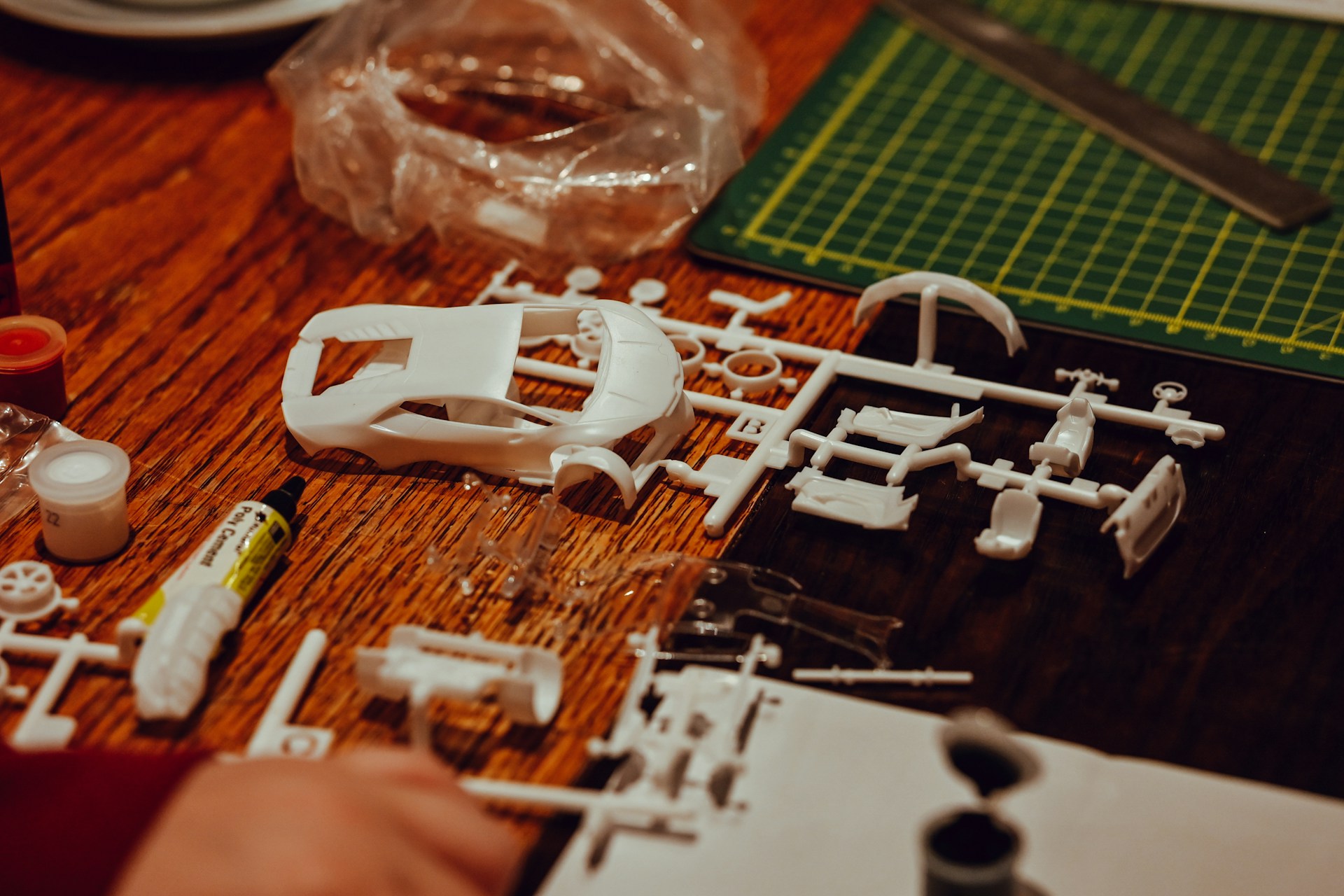
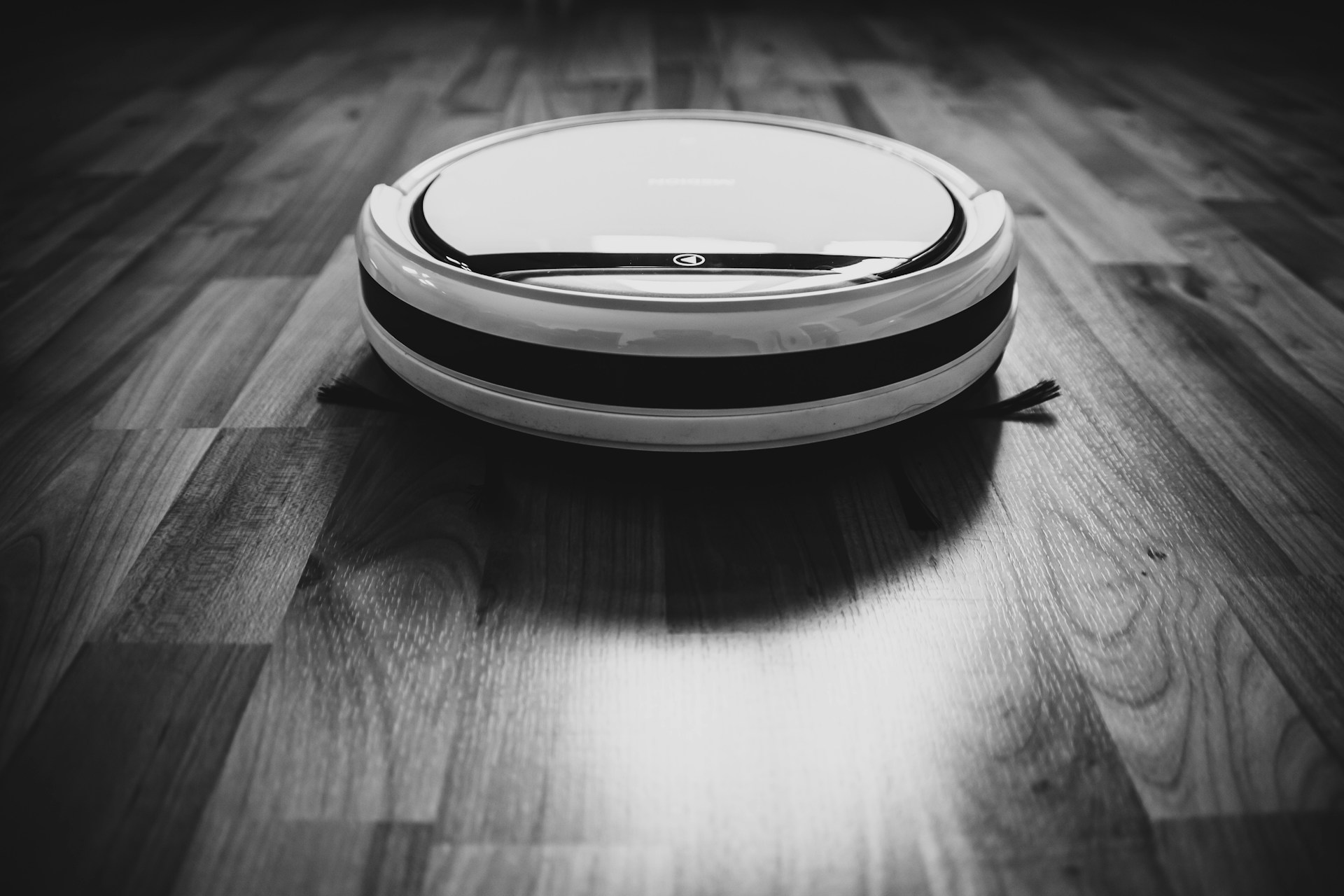
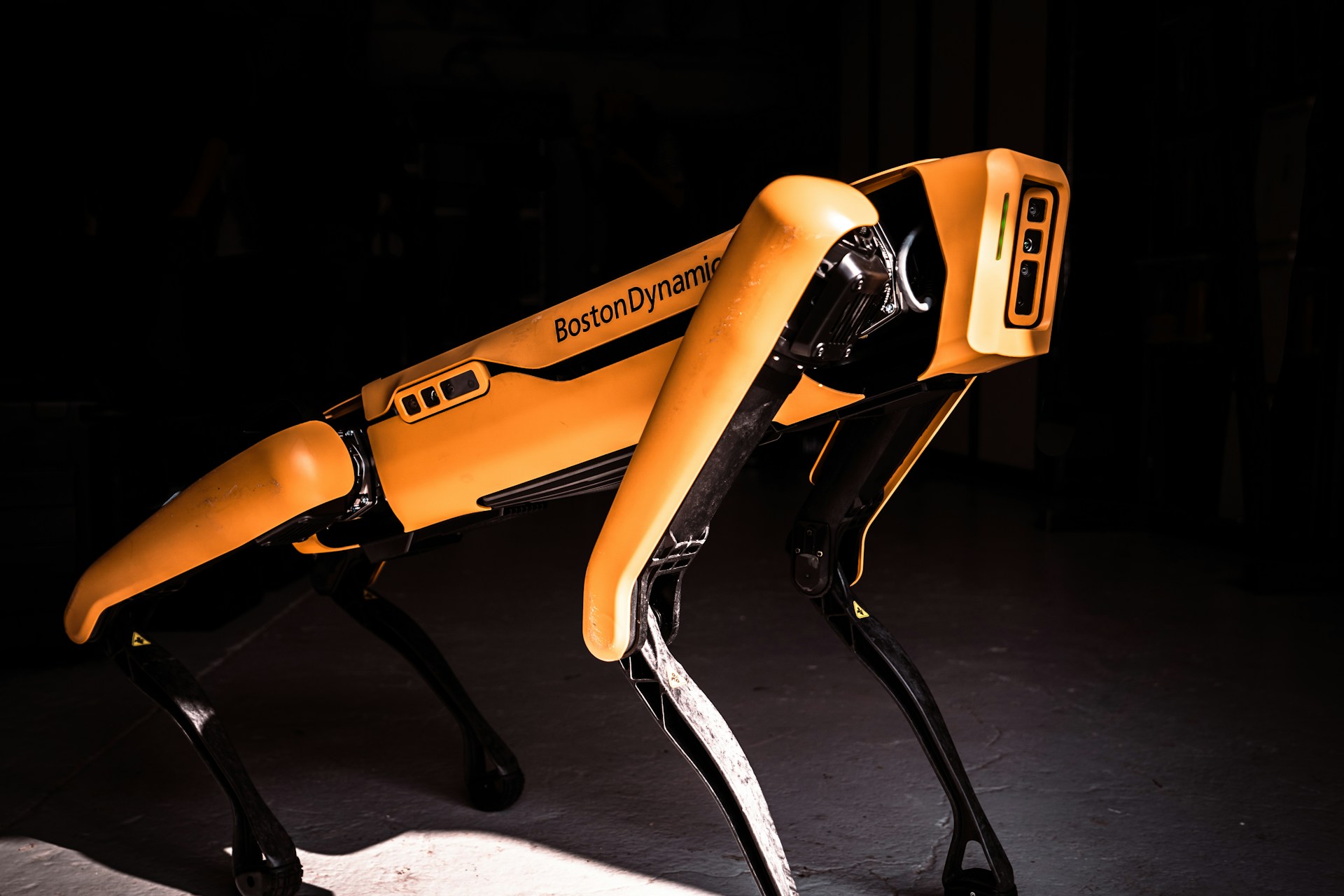
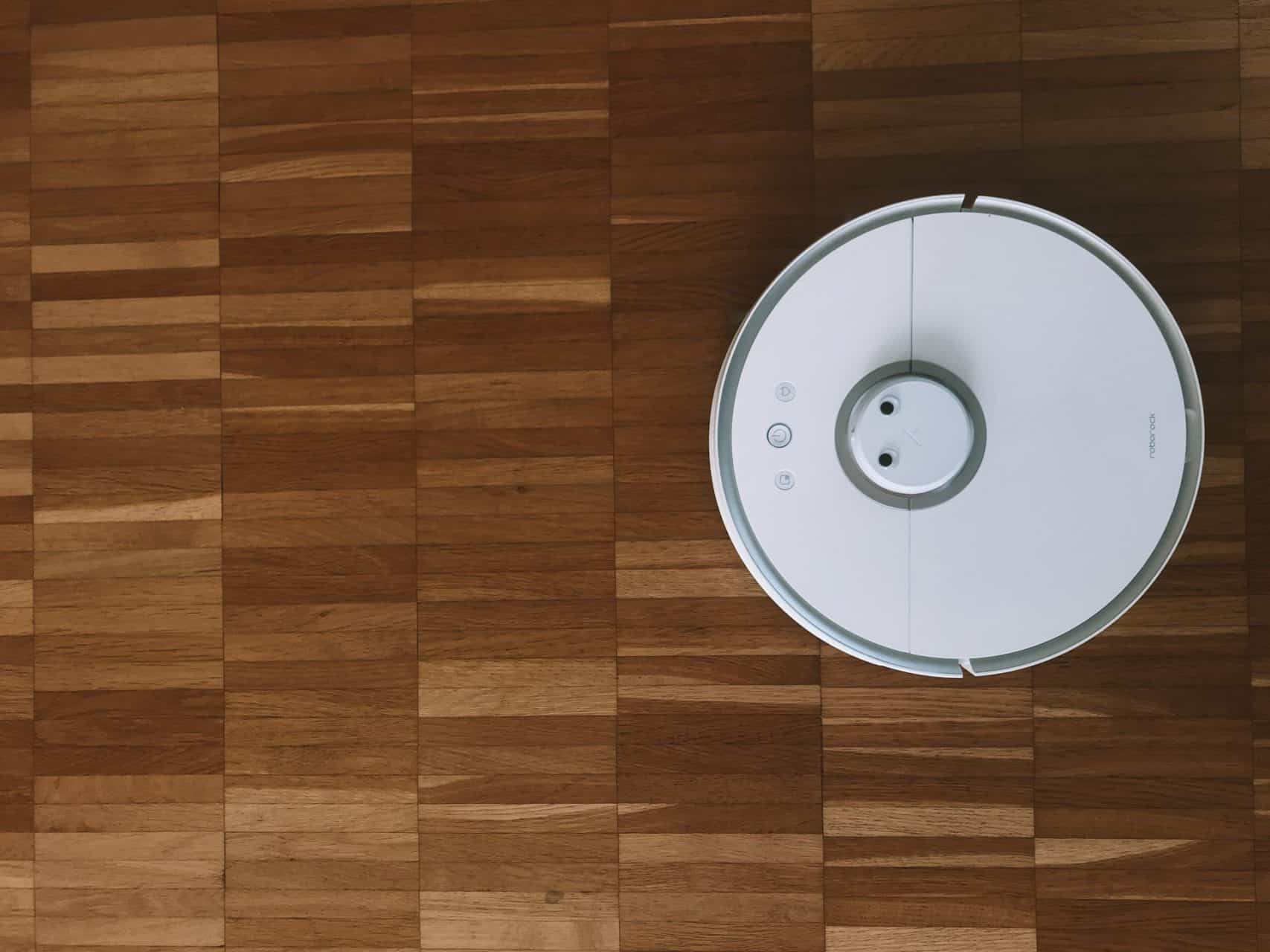
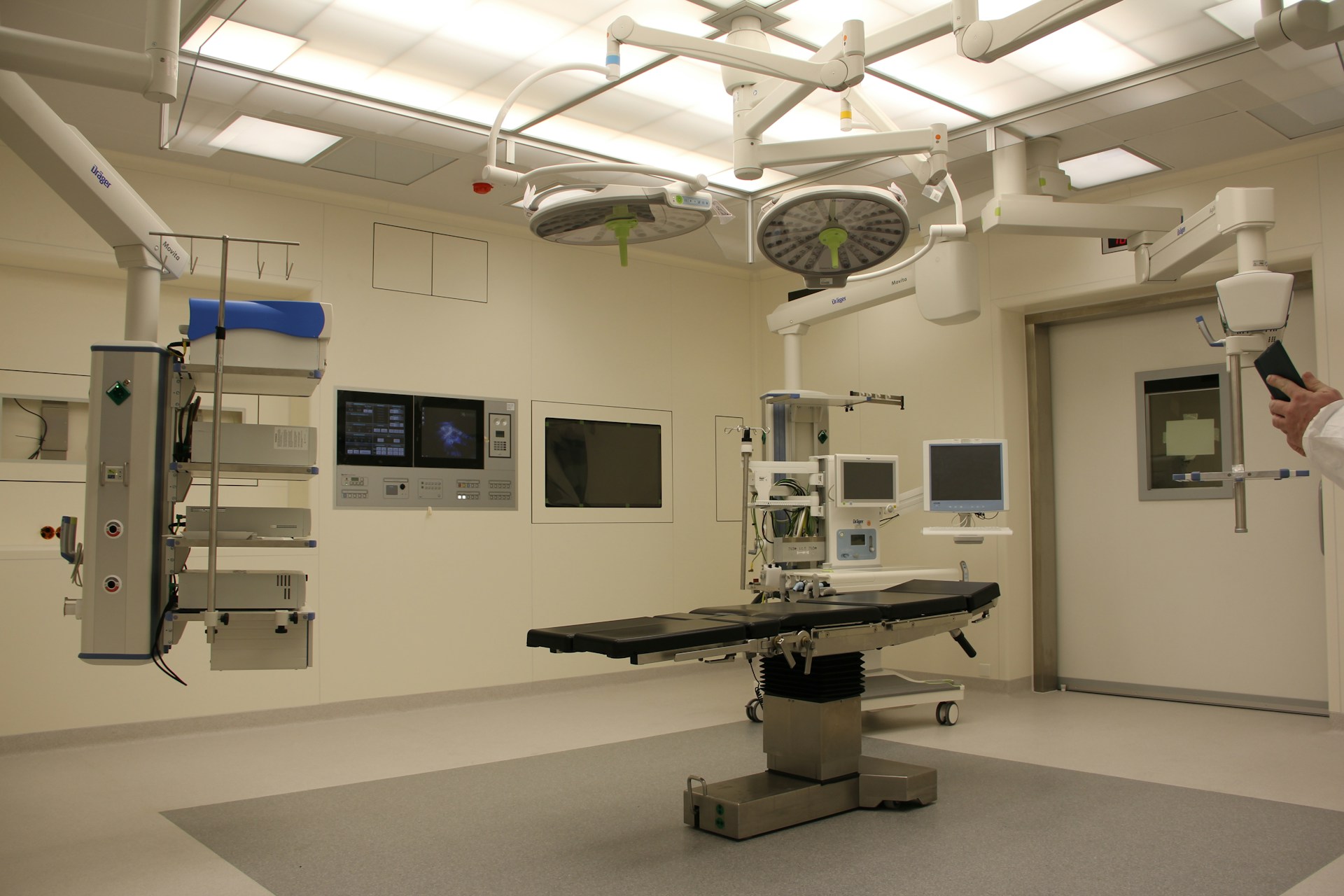



I am using this for FPS